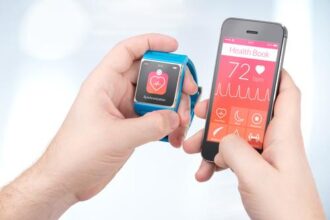 The breathalyzer test isn’t just for drunk drivers. In medicine, breath tests are used to screen for h. pylori, lactose intolerance and whether asthma medications are working, to name a few.
The breathalyzer test isn’t just for drunk drivers. In medicine, breath tests are used to screen for h. pylori, lactose intolerance and whether asthma medications are working, to name a few.
 The breathalyzer test isn’t just for drunk drivers. In medicine, breath tests are used to screen for h. pylori, lactose intolerance and whether asthma medications are working, to name a few.
The breathalyzer test isn’t just for drunk drivers. In medicine, breath tests are used to screen for h. pylori, lactose intolerance and whether asthma medications are working, to name a few.
Because the breath contains over a thousand compounds at trace levels, it’s also become an appealing target for non-invasive tests that would help doctors detect and diagnose disease.
There are some barriers to breath-based biomarkers, namely the need for expensive technology used to analyze the presence and concentration of those chemicals. While much of the following research is early, it sheds light on the possibilities being explored for new non-invasive diagnostics.
Cancer
Researchers at the Cleveland Clinic recently presented research on a breath biomarker for lung cancer. A test they’re developing uses a chemical sensor called a colorimetric sensor array that picks up on a unique chemical signature released by cancer cells as tumors grow.
A small clinical trial last year by Italian researchers also suggested that certain exhaled volatile organic compounds may be red flags for colon cancer.
Heart failure
Cleveland Clinic researchers have also identified VOCs that correlate with the presence of cardiovascular disease. In a study published earlier this year in the Journal of the American College of Cardiology, they collected breath samples from 77 patients and used mass spectrometry to look for those compounds. The researchers reported that the technique identified all of the patients who experienced heart failure. The question is — would it be able to do so early enough to make a difference in outcomes?
Diabetes
A few different groups are working on detecting a chemical called acetone in the breath that increases when the body is deficient of glucose. A team at the University of Pittsburgh was working this summer on prototyping a sensor. Another group in Canada is putting together a semiconductor sensor. Oxford Medical Diagnostics has tested methods of measuring acetone through the breath but has not released any news recently.
P.S. Did you know there’s even an International Association for Breath Research?
[Image credit: Flickr user Judean Peoples Front]

_9_2-250x220.jpg)




